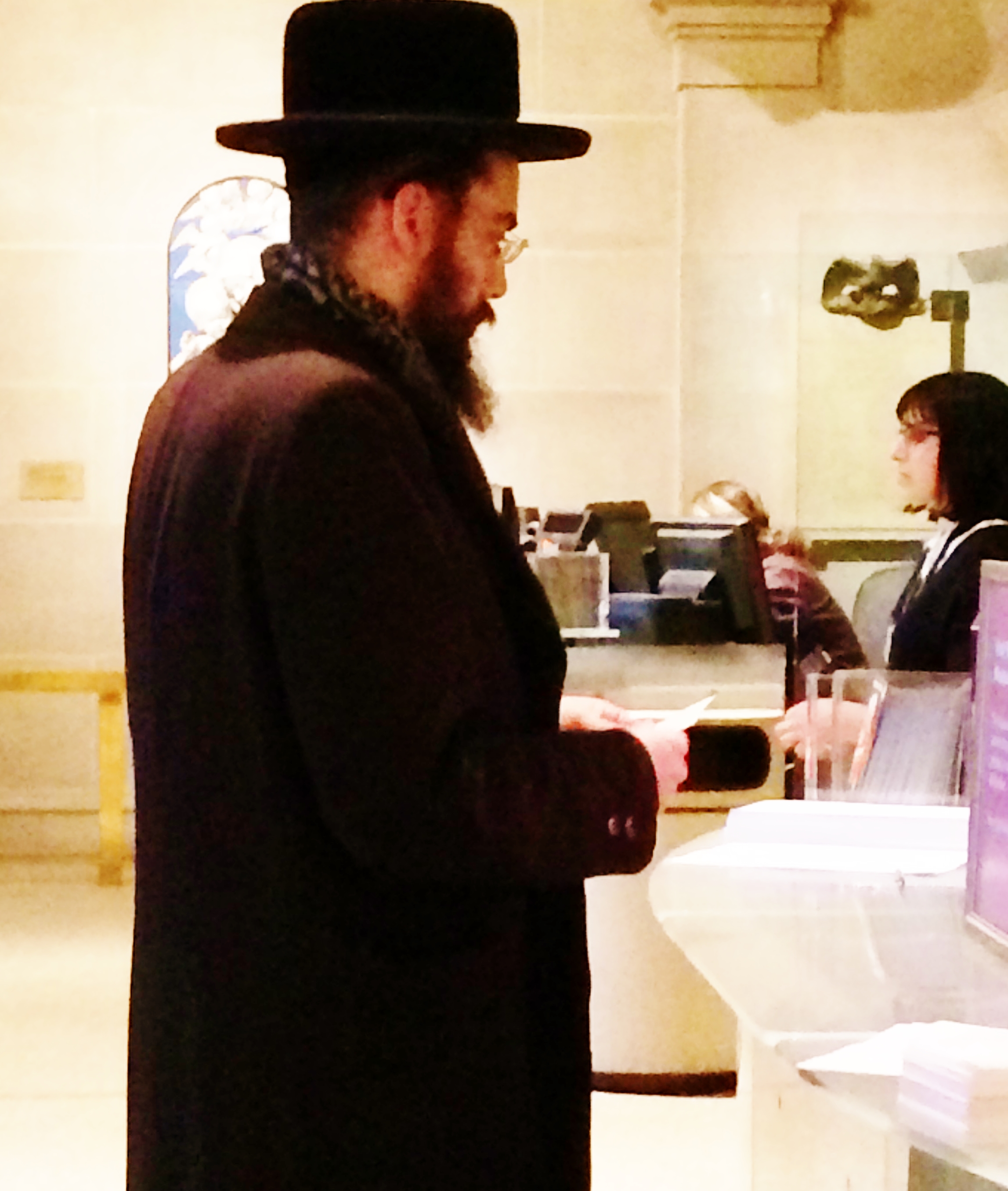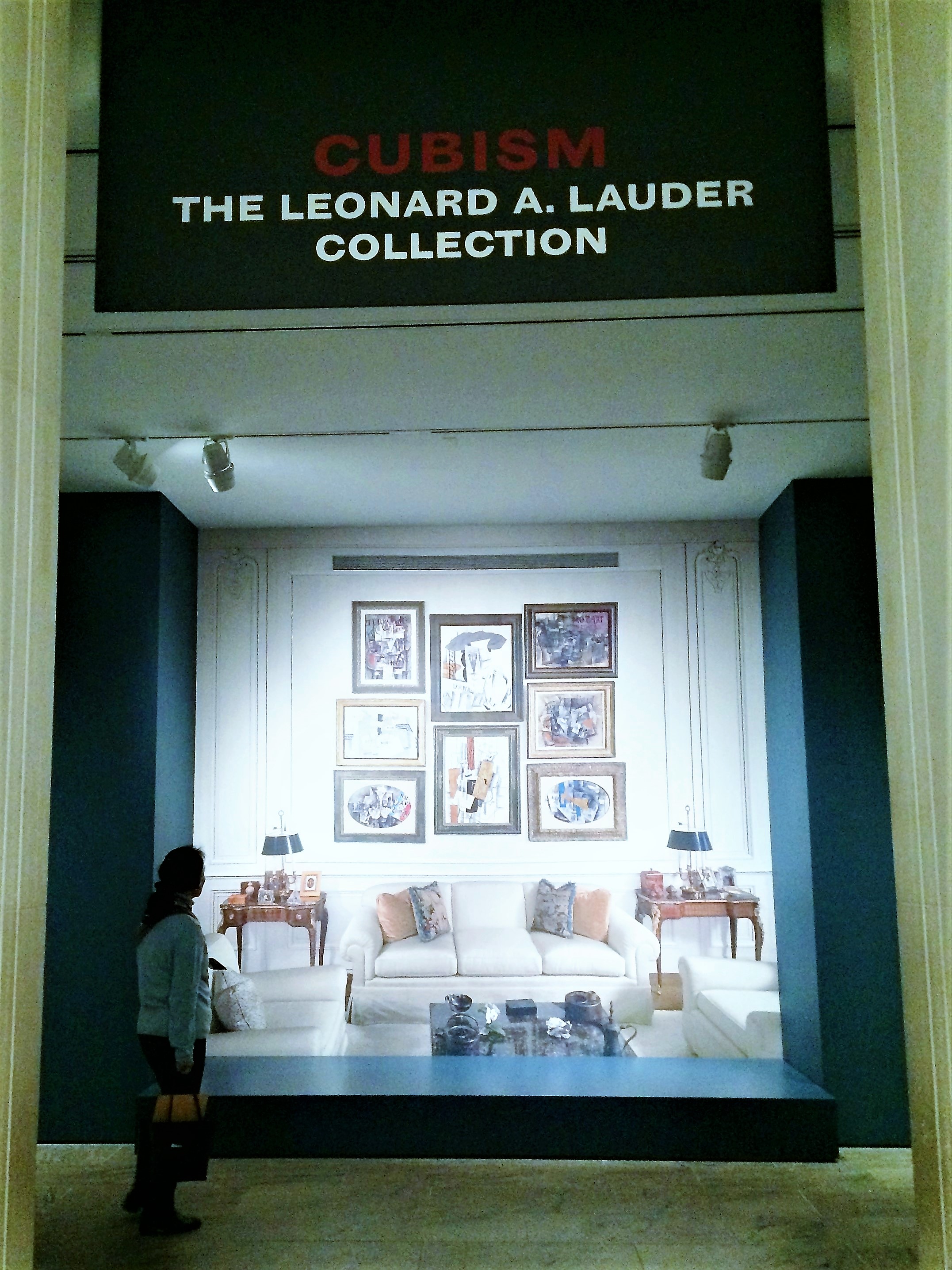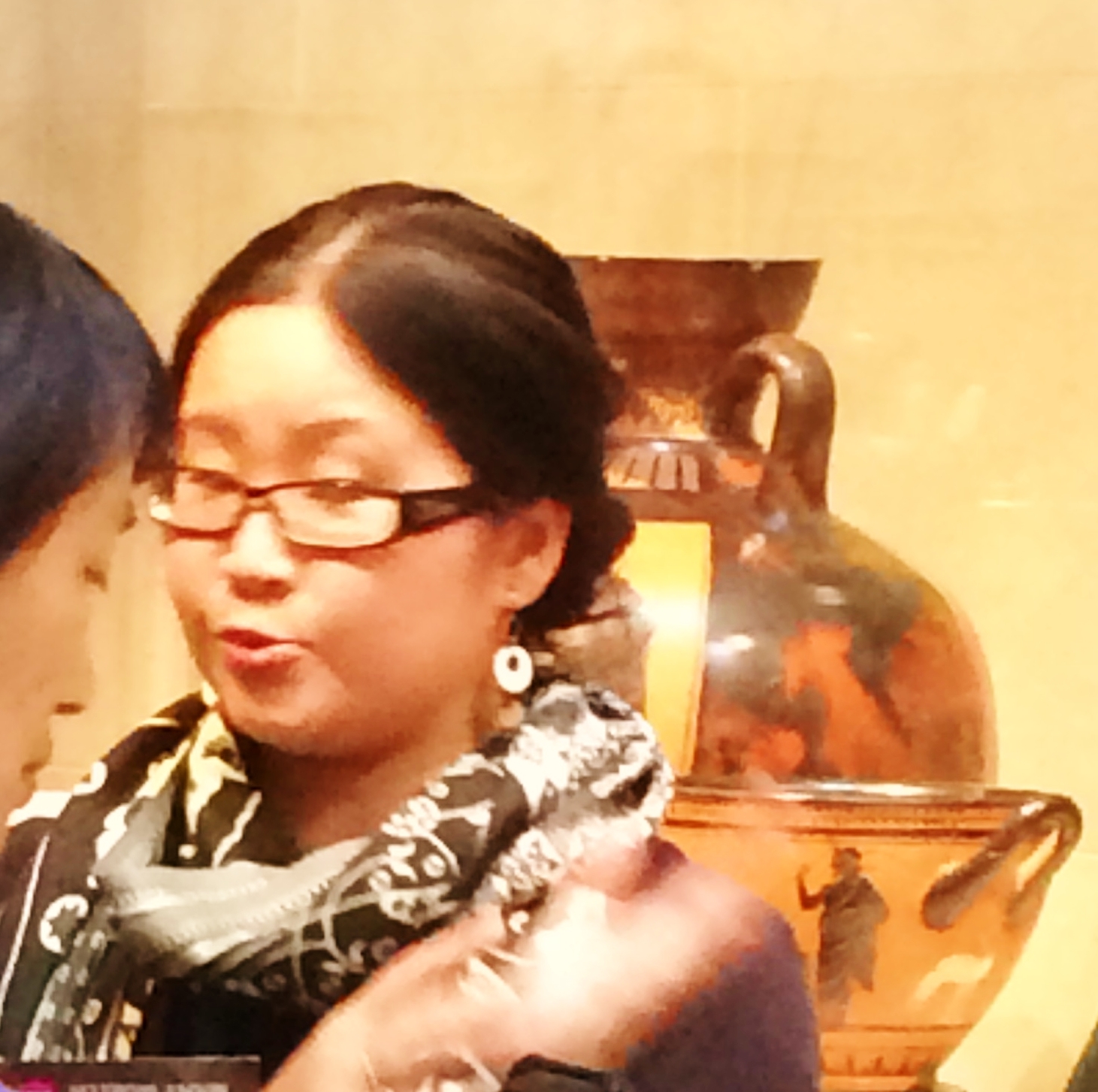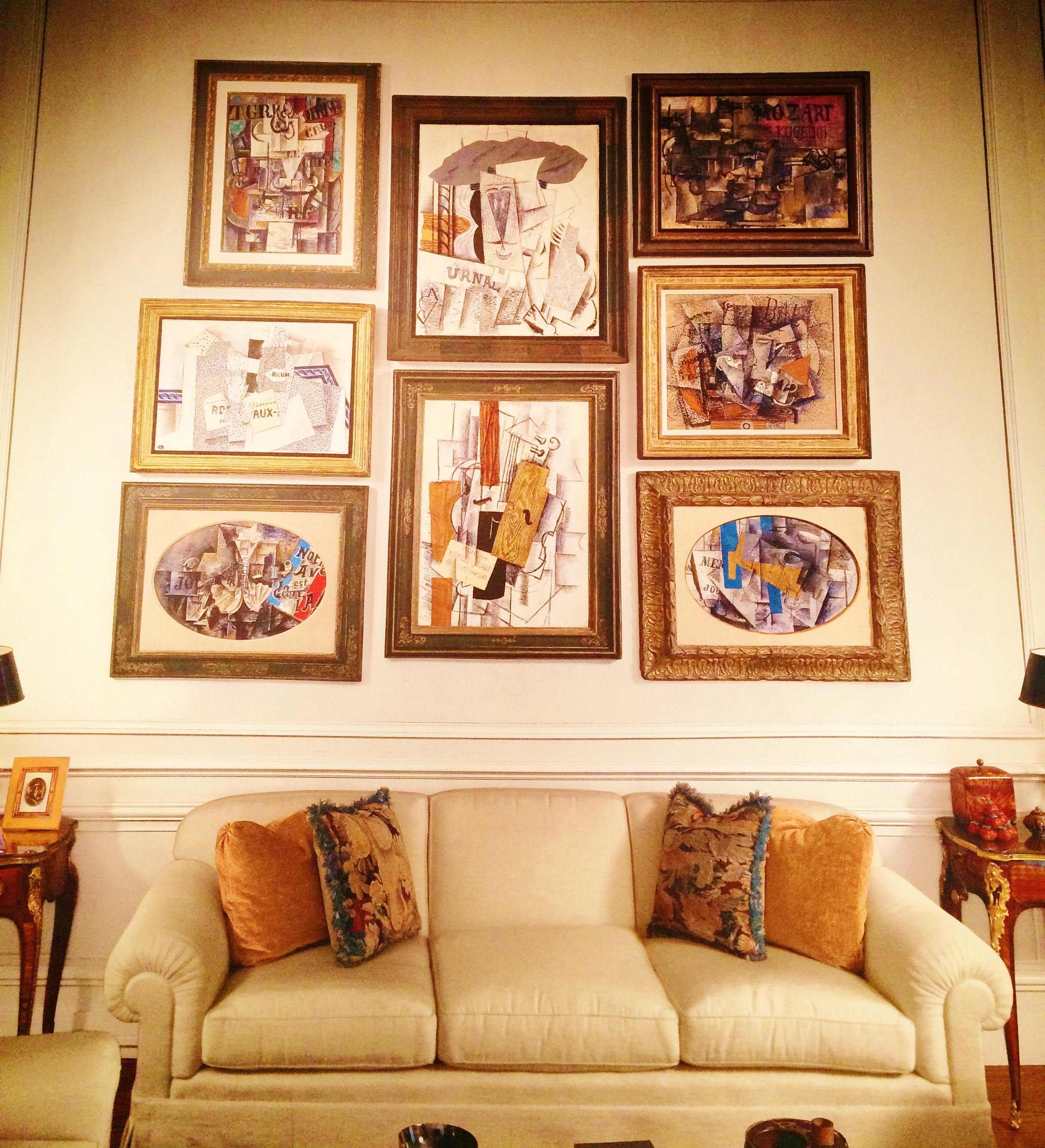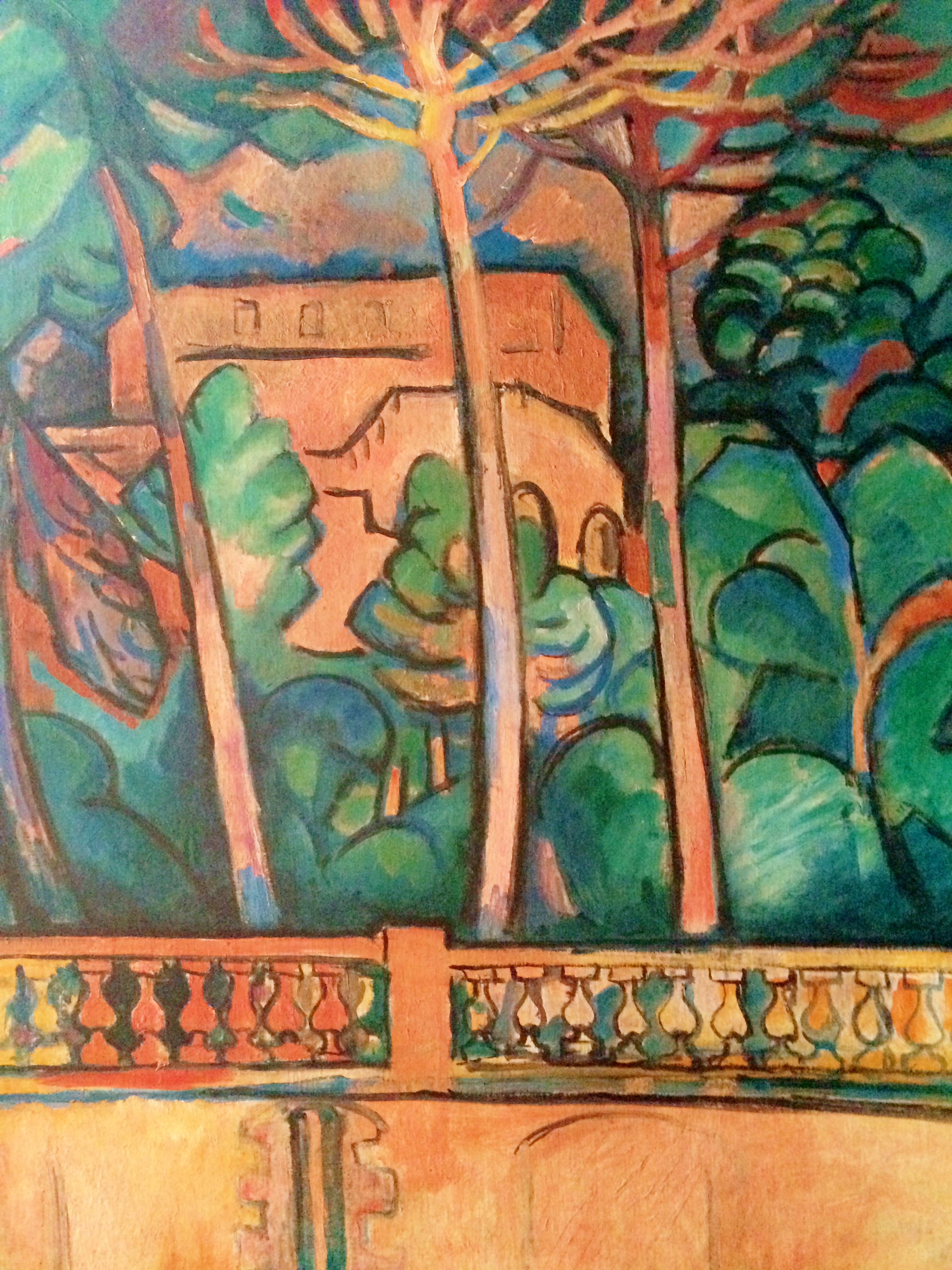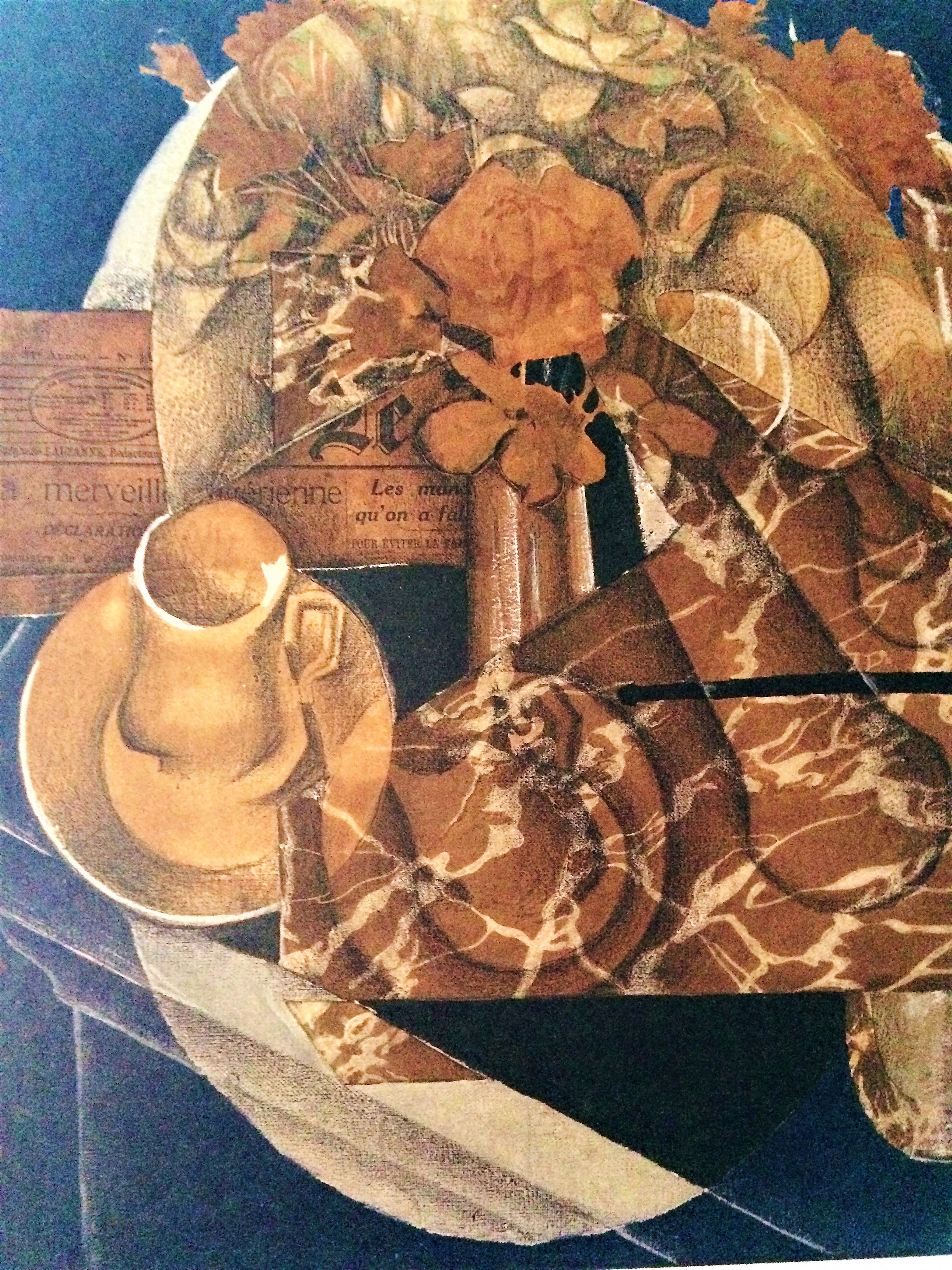Cubism: The Leonard A. Lauder Collection
Having seen the exhibition, Cubism: The Leonard A. Lauder Collection, at the Metropolitan Museum of Art shortly after it opened, I knew I wanted to return, but hadn’t realized how quickly time was running out. On a grey day with sidewalks slick with ice and slush, I trudged back in the nick of time to find it would be closing within hours.
There's never been a time when I've set foot in this magnificent building that I haven't come away feeling renewed. Even before you reach the galleries, you are greeted by five spectacular floral displays in the Great Hall.
What's more, there's the cheering sight of thousands of visitors drawn from all over the world, pouring through the front doors, eager to see for themselves the glories of this encyclopedic institution. If that isn’t pleasure enough, the Cubist exhibition—no need to climb the stairs, no need to go to the far reaches—has been installed close at hand, in a series of rooms on the ground floor off the Greek and Roman galleries.
Which is where I was heading when brought up short, watching the intent faces of a group of Asian visitors as a docent explained—in Mandarin?—the beauties of the Greek terra cotta amphora and the drinking vessels set out in the cases.
Upon entering the main exhibit, I'm greeted by the life-sized photographic image (above) of Mr. Lauder's living room, showing a grouping of eight Cubist works over the sofa. The over-sized photograph is engaging—dare I say mesmerizing—so much so that everyone stops to look, stops to snap a photograph of the photograph.
Which is exactly what I was doing when a woman next to me said: "When I first walked in, I thought that room was real!"
"That's funny," I said. "When I first walked in, I wondered what my sofa was doing there." We laughed; the museum guard smiled. Talk about art tricking the eye! It's absolutely wonderful to see how the canvases looked in his home.
What’s the focus of the collection?
Cubism, one of the most radical and influential movements of the early 20th century, attracted Mr. Lauder from an early age, when he first fell in love with a painting by Léger. After that he would continued collecting, and the collection he amassed —80 paintings, drawings, collages and sculptures by four preeminent Cubist artists—is a promised gift to the museum upon his death. What a treasure!
Given that it was his first love, it was not surprising to find, in another photograph taken in his apartment, the stunning painting by the French painter, Fernand Léger, Composition (The Typographer).
Isn't it spectacular?
Then, too, there is the special pleasure of seeing such great art in grand surroundings—the comfortable furnishings, a piano weighted with family photos, a gilded side board fit for a king, and wide-ranging views of Central Park. Nowadays, so many museums are mad for stark white walls. Not me. Give me the Getty, the Frick, the Nissim de Camondo or the Jacquemart-André. I could live happily in any of them.
Who's who
Just as importantlt, there were other electrifying paintings by Georges Braque (French, 1882-1963), Juan Gris (Spanish, 1887-1927), Fernand Léger (French, 1881-1955), and Pablo Picasso (Spanish, 1881-1973). Here are some of my favorites: A Braque to the left; a Picasso in the center; a Juan Gris to the right.
In the Petrie Court
If I may, I’d like to return to an earlier thought, that of seeing works of art in situ. In the exhibit, in a room hung with a number of Picasso's, there was a blown-up photograph showing two of his paintings as they were in his studio—one on an easel and the other propped nearby.I stood with my eyes jumping back and forth from the actual paintings to the photograph of them. One art form corroborating the other !
After two hours, it was time for a pick-me-up, a cup of coffee. On my way to the café, I stop to watch a man creating art in the stunning light-filled Petrie Court. Look closely and you can he's an amazing draftsman, the work excellent.
Wish you were here! What's your favorite museum memory? Merci beaucoup, mes amis. Until we meet again, may life be good to you. À bientôt!


